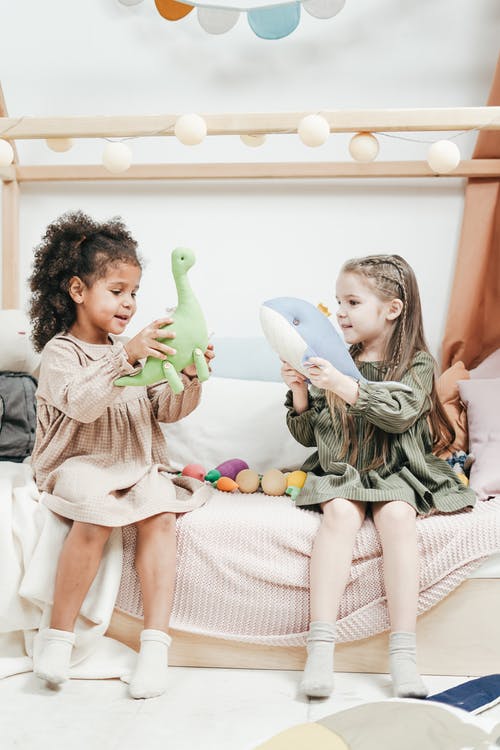Stuffed animals are favorite toys for kids, especially in their very young stage. Many people are engaged in manufacturing and selling stuffed animals for kids, just as many parents are interested in patronizing such vendors.
However, one thing many parents fail to realize is that the appeal that stuffed animals have goes beyond their beauty and softness. A stuffed animal can also offers kids educational benefits, some of which we will be discussing below. Let’s look at the age range of children and what educational benefits they can enjoy from stuffed animals.
1. Babies
Babies explore their ability to touch and feel using the bodies of stuffed toys. They explore the eyes, whiskers, and furs of these animals. Sometimes, these toys also make it into the mouth of these kids who suck and chew them, so such toys must be safe and washed properly.
It is important to remove parts that could fall out or small beads in the stuffed toys. If they have hair or furs, they shouldn’t come off easily.
2. Toddlers
Toddlers are at the stage where they learn language, empathy, and names, and stuffed animals can help them use and recognize simple names of animals as well as the sounds made by these animals.
These stuffed toys often get named and become friends and companions to these kids.
Toddlers also test out their emotions on stuffed toys by hugging, kissing, and sometimes throwing and hitting them.
Although they’re young, toddlers often practice parenting with stuffed animals by feeding them, changing their diapers, singing them to sleep, and getting them inti bed.
Toddlers can learn, understand, and demonstrate using stuffed toys.
When choosing toys for toddlers until about two to three years, attention should be on safety and durability.
3. Preschoolers
Preschool children are at a stage where they can get into imaginative play. During such plays, stuffed animals can be used as anything regardless of their appearance, so genders, occupations, and names can be assigned to these animals during such plays.
Preschool kids can engage in elaborate discussions where they share their feelings with these stuffed toys, including their happiness, what made them angry, or an event that is important to them. Stuffed animals can even help preschoolers feel calmer and happier.
4. School-aged Children
School-aged children ranging five and above use games to reflect the things they are preoccupied with, their experiences, and even people in their families and lives.
These school children can use stuffed toys to represent their family members, a classroom, or an angry adult they came in contact with. These kids can also form strong attachment to these toys, and they could insist on taking them everywhere, changing their clothes or appearances, and sleeping with them.
5. Older children
Many kids, especially those with genuine love for animals could get actively involved with stuffed animal collection, including unusual and exotic animals, such as Fennec Foxes or a Wallaby.
Older kids also learn to classify animals based on their names, kinds, geographical locations, and natural habitats. Visitations to local zoos can help these kids learn a lot about geography, biology, and zoology.
Some kids gift their family and friends stuffed toys that they make for themselves. This activity helps them develop simple sewing skills, learn to make patterns, and use 3-dimensional math and fine motor coordination skills in this process.

